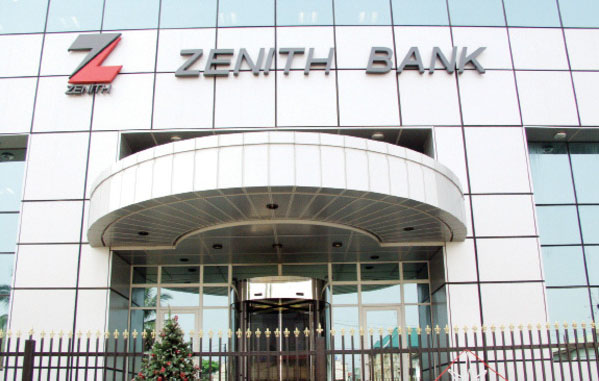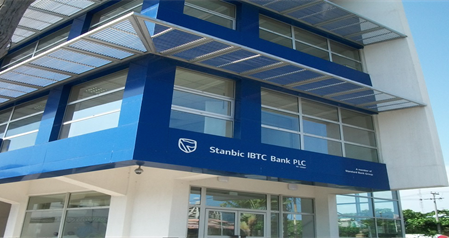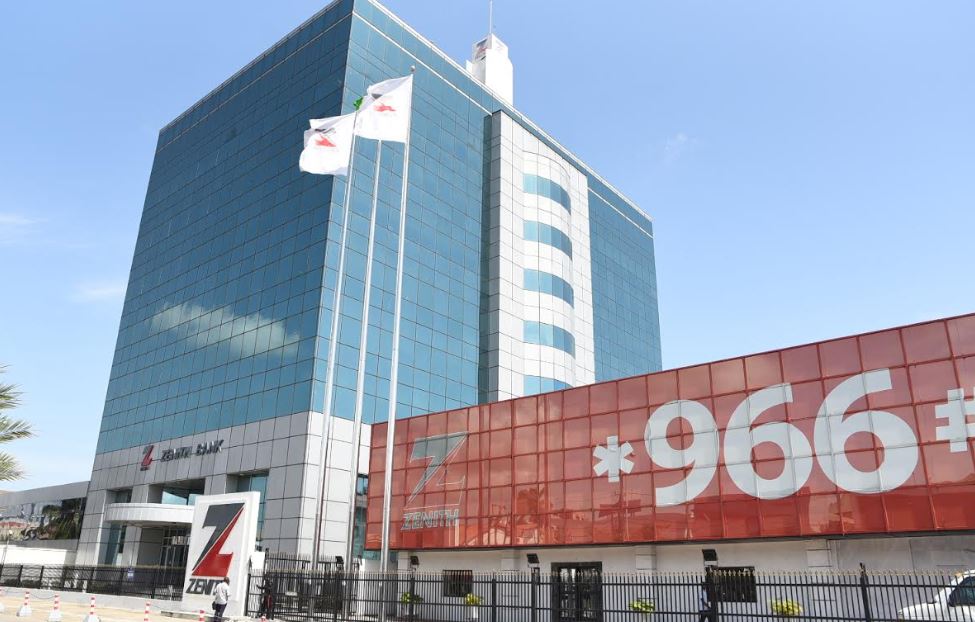Zenith Bank’s earnings story at the end of 2018 operations is that management turned a drop in revenue into a rise in profit. It was a feat accomplished by the bank’s management in the year to jack up the bottom line by a clear 11% from a 15% flop in gross earnings. This happened by cutting costs all the way to patch up the hollows of earnings decline. No matter how management was able to accomplish it, it is good news to shareholders.
All the bank’s key income lines were down at the end of the year with a further slowdown in the final quarter. That widened the year-on-year revenue drop from 11% at the end of the third quarter to 15% at full year. Trading income, which led the revenue fall, accelerated downward from a 35% fall at the end of the third quarter to nearly 50% crash at full year.
The bank’s management engaged shock absorbers on the side of costs to shield profit from the revenue losses. The drop in gross earnings meant a loss of N115 billion in revenue during the year, a high jump from a year-on-year loss of about N57 billion at the end of the third quarter.
Revenue losses were more than compensated by slashing two major cost lines – interest expenses and loan impairment charges. The bank saved more than N152 billion from the cuts in the two expenditure lines during the year. The cost savings provided the magic wand that management applied to put up a good profit front against an otherwise embarrassing revenue basket puncture.
Advertisement
Gross earnings for the group amounted to N630.34 billion for Zenith Bank at the end of the 2018 financial year, a drop of 15.4% from the peak earnings figure in the preceding year. This is just 1.5% below the full year gross earnings projection of N640 billion for the bank. Group revenue had surged up by 47% to over N745 billion in 2017.
The revenue drop was led by trading income, which reversed its performance from a 456% advance in 2017 to a 49% slump to N80.20 billion at the end of 2018. Its contribution to gross earnings dropped from over 21% to less than 13% over the period.
Interest income, the main revenue line of the bank, went down by 7.3% to N440 billion in the year. All the other income lines also recorded year-on-year declines over the review period.
Advertisement
The drop in interest income reflects the trimming of loans and advances to customers. The bank’s credit portfolio went down by 13% to N1,823 billion at the end of the year from the closing figure in the prior year – the lowest customer lending figure in four years. This is a cut of N227 billion from the closing figure of N2,100 billion in 2017.
The reversed direction of revenue is countered by equally reversed movement in two major expense lines. Interest expenses reversed its position of 50% upsurge in 2017 to a 33% drop to N144.6 billion at the end of 2018, a drop of over N72 billion.
How the bank managed to save that much against an increase of 7.3% or more than N252 billion in customer deposits is rare in banking circles. The drop in interest expenses enabled the bank to raise net interest income by over 36% to N295.6 billion against the sharp drop in interest income.
The second cost saving came from impairment charges for credit losses, which dropped by over 81% to N18.4 billion over the period. This is a reversed movement from an upsurge of 204% in loan loss expenses in 2017. The bank again saved about N80 billion from the drop in loan impairment charges. The charges had consumed over 38% of net interest income in the preceding year, which fell to 6% at the end of 2018.
Advertisement
The bank also saved cost from total operating expenses, which was flat at N225.5 billion at the end of 2018. Operating cost still claimed an increased share of gross earnings at 35.8% compared to 30% in the preceding year. This reflects the drop in gross earnings in the year.
A greater part of the cost saved flowed down to the bottom line, jerking up after tax profit by 11% to N193.42 billion at the end of the year. This indicates increased ability of the bank’s management to convert revenue into profit. Net profit margin went up from 23.3% in 2017 to 30.7% at the end of 2018 – one of the highest profit margins in the banking industry.
The summary of Zenith Bank’s performance in 2018 is that management used cost savings to dress up a major revenue puncture, which shielded shareholders from the operating volatility in the business space. The bank closed the period with earnings per share of N6.15, improving from N5.53 per share in 2017.
The bank has announced a final cash dividend of N2.50 per share, up on an interim of 30 kobo per share at the end of half year trading. This is a slight improvement on the preceding year’s total cash dividend of N2.70 per share.
Advertisement







